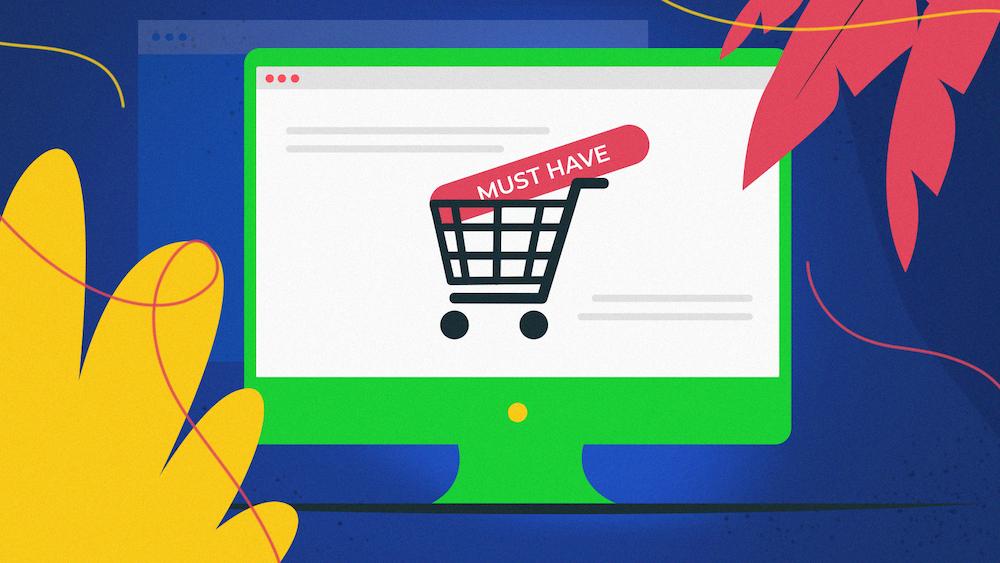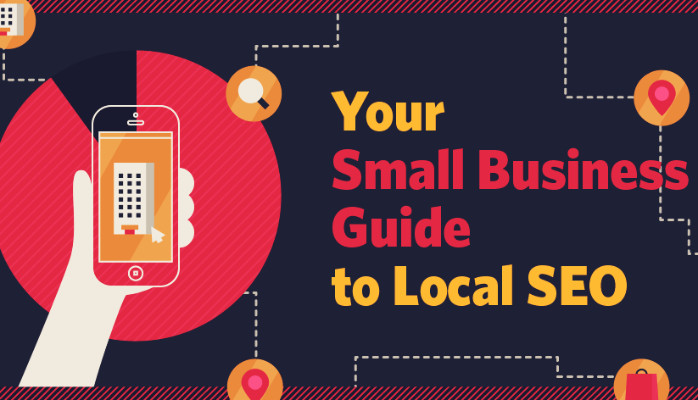Search Engine Optimization (SEO) is critical for the success of any e-commerce website. Optimizing your store helps increase visibility, drive organic traffic, and ultimately, boost sales.
This comprehensive E-commerce SEO checklist covers every aspect of optimization, from keyword research and on-page SEO to technical improvements and off-page strategies.
By following this checklist, you can ensure that your e-commerce store is optimized to perform well in search engine rankings and deliver a seamless experience for your customers.
1. Keyword Research for E-commerce
Keyword research forms the foundation of your SEO strategy. Identifying the right keywords ensures that your store ranks for search terms your potential customers are using.
- Identify Product-Specific Keywords: Focus on product-related keywords like “women’s leather handbags” or “running shoes for men.”
- Target Long-Tail Keywords: Long-tail keywords, such as “best waterproof hiking boots for winter,” can bring in more targeted traffic with higher conversion rates.
- Use Keyword Research Tools: Tools like Google Keyword Planner, SEMrush, Ahrefs, and Ubersuggest will help you identify the best keywords.
- Analyze Competitors: Look at the keywords your competitors are ranking for and identify keyword gaps or opportunities to outrank them.
2. On-Page SEO for E-commerce Websites
Once you’ve identified the right keywords, it’s time to implement on-page SEO strategies to optimize your individual pages.
Product Pages
- Optimize Product Titles: Ensure the product title (H1 tag) includes your primary keyword and is clear, such as “Women’s Waterproof Hiking Boots.”
- Write Unique Product Descriptions: Avoid using manufacturer descriptions. Write original, engaging descriptions that incorporate your target keywords naturally.
- Add High-Quality Product Images: Include descriptive alt text for every image using your target keywords. Use high-quality, compressed images for faster load times.
- Create SEO-Friendly URLs: Use clean, keyword-focused URLs like
/mens-leather-wallets/instead of/product12345. - Optimize Meta Titles and Descriptions: Craft compelling meta titles and descriptions that include primary keywords and entice users to click through from search results.
Category Pages
- Use Descriptive Category Titles: Optimize category pages with descriptive, keyword-rich titles like “Men’s Running Shoes.”
- Add Category Descriptions: Write unique, informative content for each category that explains the product range and incorporates relevant keywords.
- Internal Linking: Add internal links to subcategories, popular products, and blog posts to help users and search engines navigate your site.
3. Technical SEO for E-commerce
Technical SEO is essential for ensuring that your site is crawlable, indexable, and provides a good user experience. Follow these technical SEO best practices:
Site Architecture and Navigation
- Ensure a Flat Site Structure: Organize your site in a way that users and search engines can access any page within three clicks from the homepage.
- Use Breadcrumbs: Implement breadcrumb navigation to improve user experience and make it easier for search engines to understand your site structure.
- Submit an XML Sitemap: Create and submit an XML sitemap to Google Search Console so that search engines can discover and crawl all your important pages.
Mobile Optimization
- Responsive Design: Ensure your website is fully responsive and mobile-friendly, as most e-commerce traffic comes from mobile devices.
- Mobile Page Speed: Optimize your site for fast load times on mobile devices using tools like Google PageSpeed Insights.
Page Speed Optimization
- Compress Images: Compress images without losing quality to improve page load times.
- Minify CSS, JavaScript, and HTML: Remove unnecessary characters from your code to reduce file sizes and improve load times.
- Leverage Browser Caching: Enable browser caching to speed up your site for repeat visitors.
Secure Your Website
- Install an SSL Certificate: Ensure your site is using HTTPS by installing an SSL certificate, which protects user data and improves trust.
- Fix Broken Links: Regularly check for and fix any broken links that could affect user experience and search engine rankings.
Crawlability and Indexing
- Optimize Your Robots.txt File: Use your robots.txt file to allow search engines to crawl important pages and block non-essential ones (e.g., cart and admin pages).
- Canonical Tags: Implement canonical tags to avoid duplicate content issues, especially on product pages with similar variations.
4. Content Marketing and Blogging
Content marketing is a powerful tool for building authority and driving organic traffic to your site. Here’s how to create an effective content strategy:
- Create Informational Blog Posts: Write blog posts targeting long-tail, informational keywords. Example: “How to Choose the Best Laptop for Graphic Design.”
- Product Guides and Comparisons: Write in-depth guides and product comparisons to help customers make informed decisions.
- Include Internal Links: Link your blog posts to related products and category pages, guiding readers deeper into your sales funnel.
- Encourage User-Generated Content: Allow customers to leave reviews and add questions on product pages. This adds fresh content and builds trust.
5. Off-Page SEO for E-commerce
Off-page SEO focuses on building backlinks and generating external signals that tell search engines your site is trustworthy and authoritative.
Link Building
- Backlink Outreach: Reach out to relevant blogs, news outlets, and industry websites to secure high-quality backlinks to your site.
- Guest Posting: Write guest posts for other industry-related websites that link back to your e-commerce store.
- Partner with Influencers: Collaborate with influencers in your niche to promote your products and generate backlinks and social shares.
Social Media Engagement
- Leverage Social Media: While social media doesn’t directly impact SEO rankings, it can drive traffic and increase brand visibility. Share your products, blog posts, and promotional content across platforms like Facebook, Instagram, and Pinterest.
6. Local SEO for E-commerce with Physical Stores
If your e-commerce business also has physical locations, optimizing for local SEO can help attract customers both online and offline.
- Google My Business Optimization: Claim and optimize your Google My Business listing with accurate business details, such as address, phone number, and operating hours.
- Local Keywords: Incorporate local keywords, such as “buy sports shoes in New York,” into your product descriptions and category pages.
- Encourage Reviews: Positive customer reviews on your Google My Business page will boost local rankings and build trust with potential buyers.
7. Analytics and Tracking
To measure the success of your SEO efforts, it’s important to track key metrics regularly. Set up Google Analytics and Google Search Console for detailed insights into your website’s performance.
- Monitor Organic Traffic: Use Google Analytics to track organic traffic and identify which pages are driving the most visits and conversions.
- Track Keyword Rankings: Use SEO tools like SEMrush or Ahrefs to monitor your keyword rankings and track improvements.
- Analyze Conversion Rates: Identify the pages with the highest conversion rates and optimize underperforming pages accordingly.
8. Ongoing SEO Maintenance
SEO is not a one-time effort. Regular updates and maintenance are crucial to staying competitive in search engine rankings.
- Regular Content Updates: Refresh your product descriptions, category pages, and blog content regularly to keep it up-to-date and relevant.
- Fix Technical Issues: Conduct regular SEO audits to identify and fix technical issues like broken links, missing meta tags, and slow-loading pages.
- Monitor Competitors: Keep an eye on your competitors’ SEO strategies and identify new opportunities to outrank them.
Conclusion
Optimizing your e-commerce store for SEO is a long-term investment that yields significant rewards.
By following this comprehensive e-commerce SEO checklist, you can ensure your online store is well-optimized to attract organic traffic, improve search engine rankings, and convert visitors into customers.
Regularly updating your SEO efforts and staying on top of search engine algorithm changes will ensure that your store remains competitive in the fast-paced world of e-commerce.




